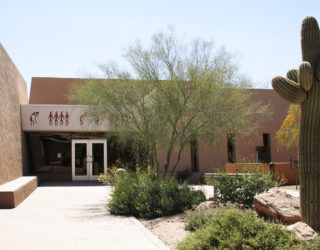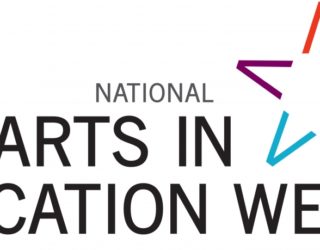March 2025 Arts + Culture Spotlight: Lowell
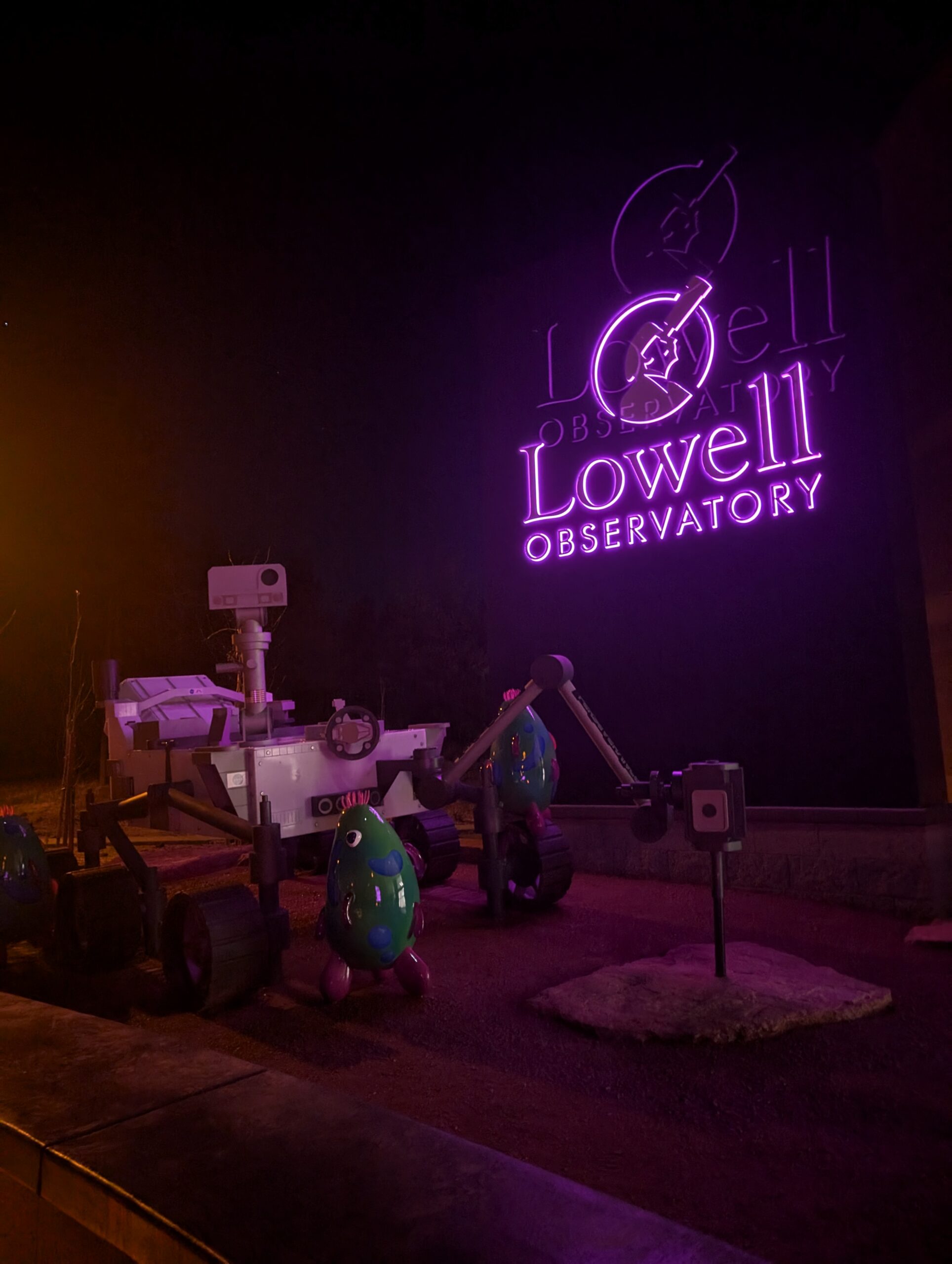
March 2025 Arts + Culture Spotlight:
Lowell Observatory
Growing up in Arizona, I had the privilege of being able to see the Milky Way with my naked eye. Arizona is home to multiple dark sky parks and communities. These include Grand Canyon National Park up north and Oracle State Park in the south as well as the community of Fountain Hills in the Phoenix Metro Area.
In addition, Arizona has long been a center for aerospace development and its associated industries, as well as the state’s three major universities that each have a planetarium and associated observatory. For Northern Arizona University in Flagstaff, this observatory is the famous Lowell Observatory.
Last November, the Lowell Observatory opened its doors to Culture Pass patrons while simultaneously opening its incredible new Discovery Center. I had the honor of visiting for the first two nights of its soft opening in mid-November before its grand opening celebration. 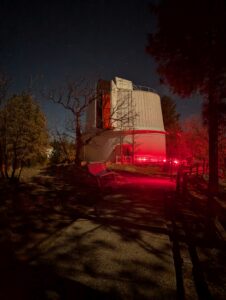
The new building is a three-story facility featuring interactive exhibits and a cafe, a theater with a 160-degree screen, and the open-sky planetarium that has heated seats for comfort during the chilly winter months. The open-sky planetarium presentation features a mixture of science and storytelling about the naming of certain constellations. The two presentations I saw had different stories from different cultures, and both were entertaining and informative.
Outside the Discovery Center, the campus has the iconic Clark Telescope which was pointed at Saturn both evenings I visited. It is humbling seeing a planet over 900 million miles away through a telescope that was built in a time before electricity.
Lowell Observatory is also famous for its history in that it was the site where Clyde Tombaugh discovered the location of Pluto in 1930. Arizona is very proud of this association and even voted to make Pluto the “official state planet.” Today, visitors can go inside the small telescope where Pluto was found.
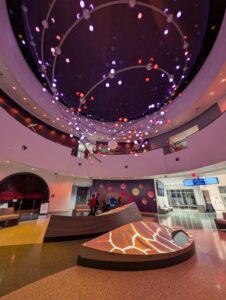 Near the Pluto Discovery Telescope is the Giovale Open Deck Observatory. Both evenings I was visiting, students from NAU were facilitating visitors looking through very large, high-powered telescopes looking at planets, the moon, nebulae, and other objects. It was truly incredible seeing the surface of the moon in such high detail.
Near the Pluto Discovery Telescope is the Giovale Open Deck Observatory. Both evenings I was visiting, students from NAU were facilitating visitors looking through very large, high-powered telescopes looking at planets, the moon, nebulae, and other objects. It was truly incredible seeing the surface of the moon in such high detail.
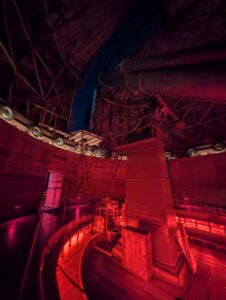
It is recommended to arrive at Lowell Observatory around dusk and plan to attend one of the open-air planetarium presentations. Visitors should give themselves at least two hours to explore the campus fully. Consider bringing a red-tinted flashlight to help navigate while simultaneously reducing light pollution.
This space enthusiast recommends that patrons visit during either a full moon or a new moon, depending on whether they prefer to view planets during the open-sky planetarium show, or see the moon in high detail through one of the high-powered telescopes at the Giovale Open Deck Observatory.
For Culture Pass patrons living in Northern and Central Arizona, they can find Lowell Observatory passes at their local participating public or academic library. Flagstaff is a two-hour drive from Phoenix, give or take, and is a lovely escape from the heat during the summer months. Lowell Observatory is open Wednesday-Monday from noon to 10pm, Labor Day to Memorial Day. In the summer, the hours are extended to 11pm on Friday, Saturday, and Sunday.
http://lowell.edu
1400 West Mars Hill Road, Flagstaff, AZ, 86001 | 928.774.3358



